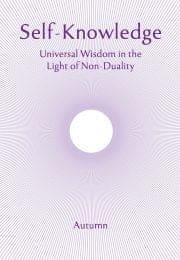Thought and Awareness
A talk by the Warden of Shanti Sadan leading into a meditation session.
One of the central points which is often highlighted in presentations about the non-dual teachings, is that there is an essential difference between thought and awareness, between everything in our mind, and our awareness of all that is in the mind.
Thoughts are passing and finite: each thought has its particular form and qualities and is rapidly succeeded by another. In contrast, awareness is unchanging; it reveals equally everything that passes through the mind. In awareness we find no gaps or boundaries. We experience the one awareness, making all experience possible.
A particularly significant difference is that thoughts depend on awareness to reveal them, but awareness itself depends on nothing else to reveal it. Awareness is its own light. Conscious awareness is uniquely self-sufficient in this way.
It follows that we do not have to be limited by the feeling ‘I am my thoughts and feelings, and no more’. By deepening the sense that we are our awareness, we may discover a new dimension of inner freedom and fulfilment.
Having heard these teachings, the next step is to investigate them for ourselves. Looking within, we can confirm the vital distinction between thoughts and feelings, and the awareness of them. In doing so, we see a way opening up from mental constriction towards inner expansion, true independence and the highest self-realization.
Subscribe or enrol for free guest access to read all of this article and Self-Knowledge online.
Already subscribed or enrolled? Log in:


